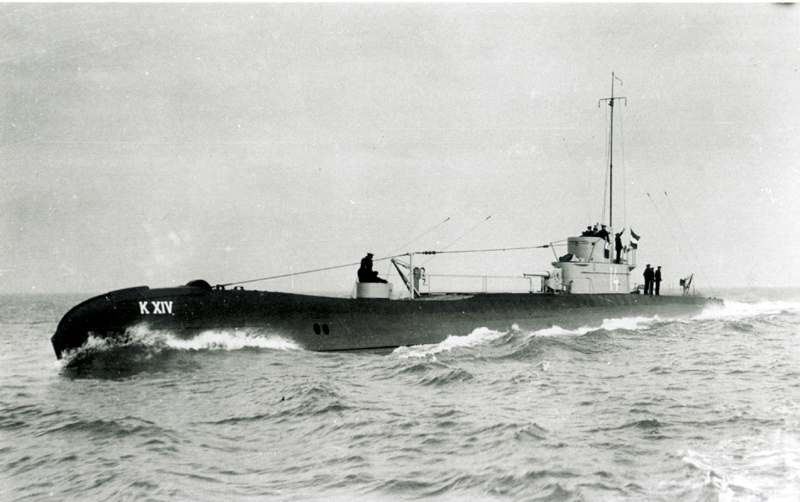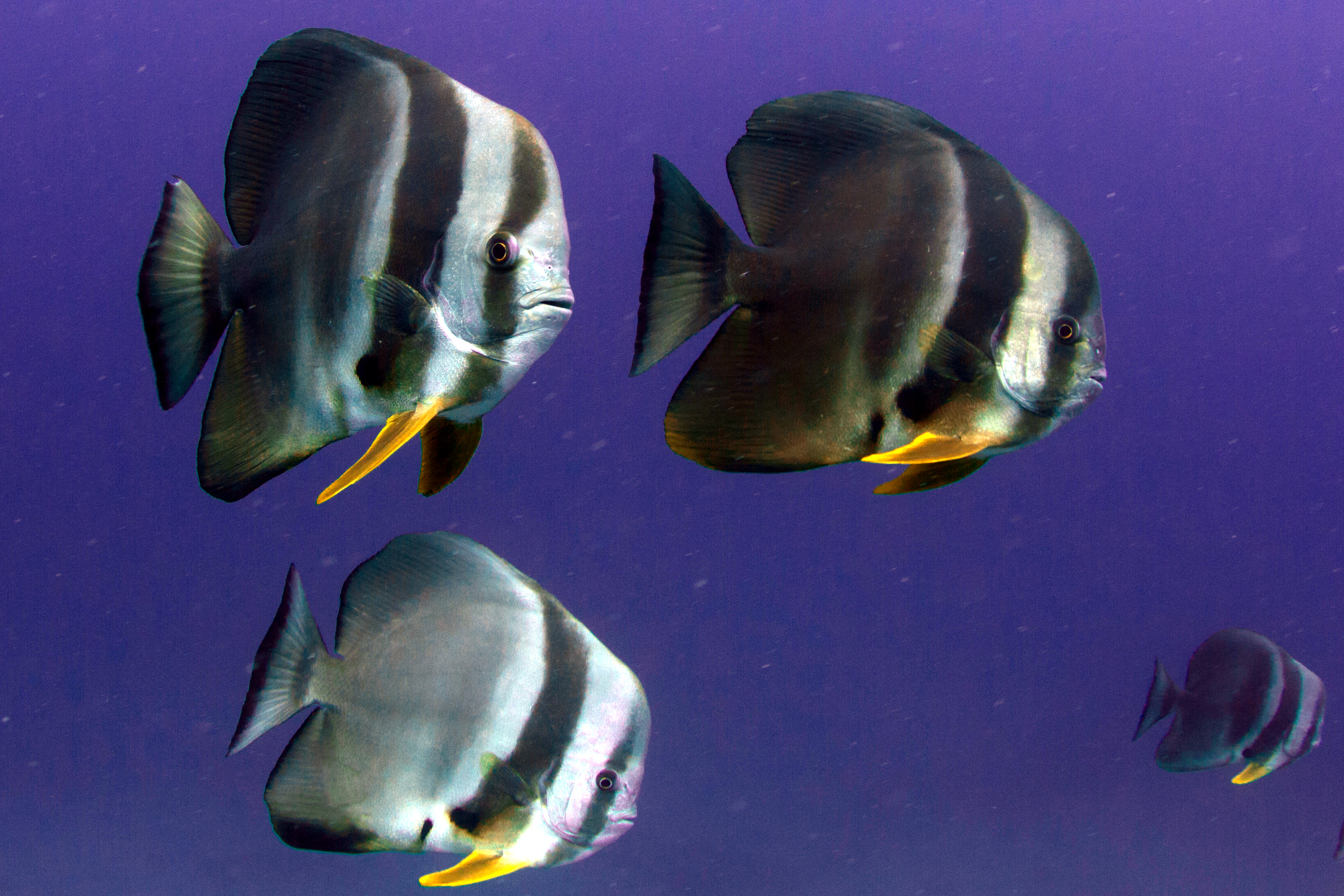Katori Maru (1913) on:
[Wikipedia]
[Google]
[Amazon]
''Katori Maru'' was a
 In the Second World War the Imperial Japanese Navy requisitioned ''Katori Maru'' as a troop ship. In December 1941 she took part in the Japanese invasion of Sarawak. Japanese troops had landed at Miri in central Sarawak on 16 December. ''Katori Maru'' was part of a later invasion convoy that landed troops on 23 December at the mouth of the
In the Second World War the Imperial Japanese Navy requisitioned ''Katori Maru'' as a troop ship. In December 1941 she took part in the Japanese invasion of Sarawak. Japanese troops had landed at Miri in central Sarawak on 16 December. ''Katori Maru'' was part of a later invasion convoy that landed troops on 23 December at the mouth of the
 Dutch divers discovered ''Katori Maru''s wreck in 2003 at a depth of about . It had become an artificial reef, colonised by coral and inhabited by other marine life including barracuda, giant groupers, moray eels, sharks, teira batfish (also called longfin spadefish) and yellowtail snapper. It started to become a destination for Scuba diving tourism.
In 2013 divers removed artifacts such as sake bottles and even one of the propellers from the wrecks of ''Katori Maru'' and ''Hiyoshi Maru''. At the time Sarawak had no law against this.
On 16 September 2013, which is Malaysia Day, volunteer divers removed litter such as fishing nets from the two wrecks that was a hazard to marine life.
On 5 March 2016 a floating crane, a tug and a larger ship were photographed directly over the wreck of ''Katori Maru''. The witness who took the photograph saw scrap metal piled on the deck of the ship. After that incident, divers found most of the wreck had been removed and most of the artificial habitat it formed has been destroyed. Only the bow of ''Katori Maru'' and scattered débris remain.
Volunteer divers still care for what little survives of the wreck. On Malaysia Day 2019 they removed of fishing nets from the site.
In December 2019 the Sarawak State Legislative Assembly belatedly passed the Sarawak Heritage Bill, which includes protection for historic wrecks as underwater heritage.
Dutch divers discovered ''Katori Maru''s wreck in 2003 at a depth of about . It had become an artificial reef, colonised by coral and inhabited by other marine life including barracuda, giant groupers, moray eels, sharks, teira batfish (also called longfin spadefish) and yellowtail snapper. It started to become a destination for Scuba diving tourism.
In 2013 divers removed artifacts such as sake bottles and even one of the propellers from the wrecks of ''Katori Maru'' and ''Hiyoshi Maru''. At the time Sarawak had no law against this.
On 16 September 2013, which is Malaysia Day, volunteer divers removed litter such as fishing nets from the two wrecks that was a hazard to marine life.
On 5 March 2016 a floating crane, a tug and a larger ship were photographed directly over the wreck of ''Katori Maru''. The witness who took the photograph saw scrap metal piled on the deck of the ship. After that incident, divers found most of the wreck had been removed and most of the artificial habitat it formed has been destroyed. Only the bow of ''Katori Maru'' and scattered débris remain.
Volunteer divers still care for what little survives of the wreck. On Malaysia Day 2019 they removed of fishing nets from the site.
In December 2019 the Sarawak State Legislative Assembly belatedly passed the Sarawak Heritage Bill, which includes protection for historic wrecks as underwater heritage.
steam
Steam is a substance containing water in the gas phase, and sometimes also an aerosol of liquid water droplets, or air. This may occur due to evaporation or due to boiling, where heat is applied until water reaches the enthalpy of vaporization ...
ocean liner
An ocean liner is a passenger ship primarily used as a form of transportation across seas or oceans. Ocean liners may also carry cargo or mail, and may sometimes be used for other purposes (such as for pleasure cruises or as hospital ships).
Ca ...
of the Empire of Japan. She was built in Nagasaki in 1912–13. In the Second World War the Imperial Japanese Navy requisitioned her as a troop ship. In 1941 a Royal Netherlands Navy
The Royal Netherlands Navy ( nl, Koninklijke Marine, links=no) is the naval force of the Kingdom of the Netherlands.
During the 17th century, the navy of the Dutch Republic (1581–1795) was one of the most powerful naval forces in the world an ...
submarine sank her off the coast of Sarawak.
Her wreck was found in 2003. It had become an artificial reef and became a scuba diving destination. In 2013 divers removed historic artifacts from the wreck, and in 2016 salvage vessels destroyed most of the wreck for its scrap metal. Today little of the wreck remains except the bow.
Several Japanese ships have been called ''Katori'' or ''Katori Maru'', and the Japanese Navy had more than one transport ship of this name in the Second World War.
In 1925 Chinese Muslims used the ship to travel to Singapore on their way to Mecca for the Hajj
The Hajj (; ar, حَجّ '; sometimes also spelled Hadj, Hadji or Haj in English) is an annual Islamic pilgrimage to Mecca, Saudi Arabia, the holiest city for Muslims. Hajj is a mandatory religious duty for Muslims that must be carried ...
.
Building
Mitsubishi Dockyard and Engineering Works built ''Katori Maru'' in Nagasaki for Nippon Yusen Kabushiki Gaisha, completing her in September 1913. She was long, had a beam of and draught of . Her tonnages were and . ''Katori Maru'' had threescrews
A screw and a bolt (see '' Differentiation between bolt and screw'' below) are similar types of fastener typically made of metal and characterized by a helical ridge, called a ''male thread'' (external thread). Screws and bolts are used to fa ...
. She had two triple-expansion steam engines, one driving each of her port and starboard
Port and starboard are nautical terms for watercraft and aircraft, referring respectively to the left and right sides of the vessel, when aboard and facing the bow (front).
Vessels with bilateral symmetry have left and right halves which are ...
screws. Exhaust steam from these two engines fed a low-pressure steam turbine
A steam turbine is a machine that extracts thermal energy from pressurized steam and uses it to do mechanical work on a rotating output shaft. Its modern manifestation was invented by Charles Parsons in 1884. Fabrication of a modern steam turbin ...
that drove her middle screw. Between them the three engines gave her a speed of .
Identification
''Katori Maru''scode letters
Code letters or ship's call sign (or callsign) Mtide Taurus - IMO 7626853"> SHIPSPOTTING.COM >> Mtide Taurus - IMO 7626853/ref> were a method of identifying ships before the introduction of modern navigation aids and today also. Later, with the i ...
were MHWQ. By 1918 she was equipped for wireless telegraphy, and her call sign was JKR. In 1934 the new call sign JKRD superseded her original code letters and call sign.
Loss
 In the Second World War the Imperial Japanese Navy requisitioned ''Katori Maru'' as a troop ship. In December 1941 she took part in the Japanese invasion of Sarawak. Japanese troops had landed at Miri in central Sarawak on 16 December. ''Katori Maru'' was part of a later invasion convoy that landed troops on 23 December at the mouth of the
In the Second World War the Imperial Japanese Navy requisitioned ''Katori Maru'' as a troop ship. In December 1941 she took part in the Japanese invasion of Sarawak. Japanese troops had landed at Miri in central Sarawak on 16 December. ''Katori Maru'' was part of a later invasion convoy that landed troops on 23 December at the mouth of the Santubong River The Santubong River ( ms, Sungai Santubong) is a river in Sarawak, Malaysia. It flows from the Sarawak River north to the coastal city of Santubong ( :ms:Santubong) where it empties into the South China Sea
The South China Sea is a marginal se ...
in western Sarawak.
The convoy reached the river mouth about 1800 hrs and started to put troops ashore. At either 2040 hrs or 2240 hrs (sources differ), the Dutch submarine torpedoed four ships in the convoy. ''Katori Maru'' and another troop ship, ''Hiyoshi Maru'' (also called ''Hie Maru''), were sunk at position and the transport ships and another ship, either ''Tonan Maru No 3'' or ''Nichiran Maru'', were damaged.
10 members of ''Katori Maru''s crew and an unknown number of Imperial Japanese Army troops were killed.
Wreck
 Dutch divers discovered ''Katori Maru''s wreck in 2003 at a depth of about . It had become an artificial reef, colonised by coral and inhabited by other marine life including barracuda, giant groupers, moray eels, sharks, teira batfish (also called longfin spadefish) and yellowtail snapper. It started to become a destination for Scuba diving tourism.
In 2013 divers removed artifacts such as sake bottles and even one of the propellers from the wrecks of ''Katori Maru'' and ''Hiyoshi Maru''. At the time Sarawak had no law against this.
On 16 September 2013, which is Malaysia Day, volunteer divers removed litter such as fishing nets from the two wrecks that was a hazard to marine life.
On 5 March 2016 a floating crane, a tug and a larger ship were photographed directly over the wreck of ''Katori Maru''. The witness who took the photograph saw scrap metal piled on the deck of the ship. After that incident, divers found most of the wreck had been removed and most of the artificial habitat it formed has been destroyed. Only the bow of ''Katori Maru'' and scattered débris remain.
Volunteer divers still care for what little survives of the wreck. On Malaysia Day 2019 they removed of fishing nets from the site.
In December 2019 the Sarawak State Legislative Assembly belatedly passed the Sarawak Heritage Bill, which includes protection for historic wrecks as underwater heritage.
Dutch divers discovered ''Katori Maru''s wreck in 2003 at a depth of about . It had become an artificial reef, colonised by coral and inhabited by other marine life including barracuda, giant groupers, moray eels, sharks, teira batfish (also called longfin spadefish) and yellowtail snapper. It started to become a destination for Scuba diving tourism.
In 2013 divers removed artifacts such as sake bottles and even one of the propellers from the wrecks of ''Katori Maru'' and ''Hiyoshi Maru''. At the time Sarawak had no law against this.
On 16 September 2013, which is Malaysia Day, volunteer divers removed litter such as fishing nets from the two wrecks that was a hazard to marine life.
On 5 March 2016 a floating crane, a tug and a larger ship were photographed directly over the wreck of ''Katori Maru''. The witness who took the photograph saw scrap metal piled on the deck of the ship. After that incident, divers found most of the wreck had been removed and most of the artificial habitat it formed has been destroyed. Only the bow of ''Katori Maru'' and scattered débris remain.
Volunteer divers still care for what little survives of the wreck. On Malaysia Day 2019 they removed of fishing nets from the site.
In December 2019 the Sarawak State Legislative Assembly belatedly passed the Sarawak Heritage Bill, which includes protection for historic wrecks as underwater heritage.
References
Bibliography
* * * * *External links
* – video of dive on what remains of the wreck {{coord, 02, 30, N, 110, 00, E, format=dms, display=title 1913 ships 1941 in Sarawak Maritime incidents in December 1941 Raj of Sarawak Ships built by Mitsubishi Heavy Industries Ships of the NYK Line Ships sunk by Dutch submarines Steamships of Japan Troop ships of Japan World War I passenger ships of Japan World War II passenger ships of Japan World War II shipwrecks in the South China Sea